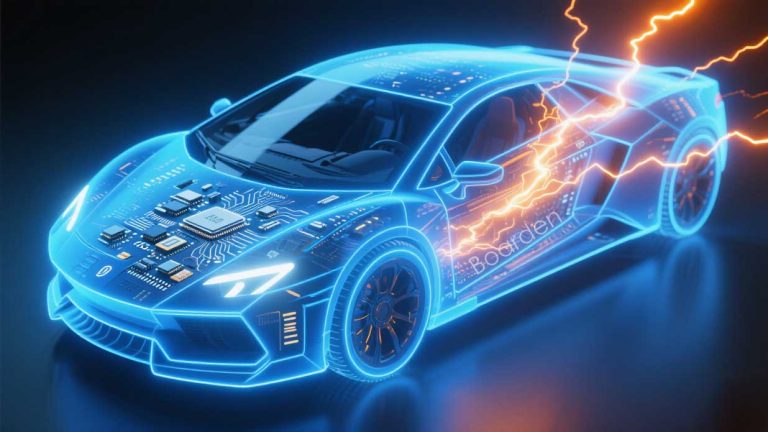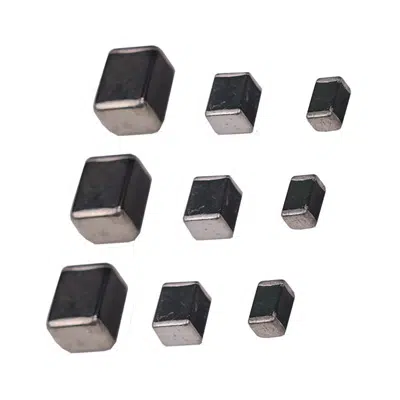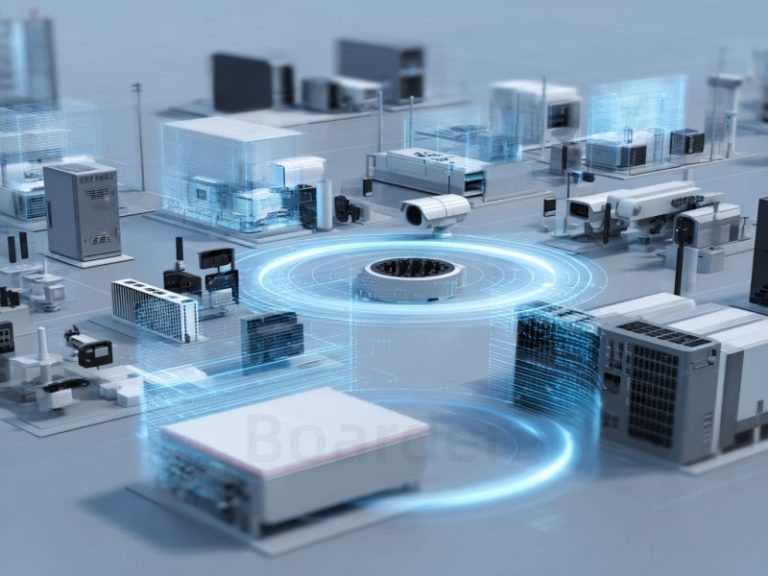In today’s digital era, electronic devices are everywhere. From smartphones and laptops to household appliances and industrial control systems, their reliable operation depends on a critical yet often overlooked element—circuit protection. But what exactly is circuit protection? Where does it begin? Let’s explore this essential topic in a simple and straightforward way.

Why is Circuit Protection Necessary?
Imagine your TV suddenly stops working during a thunderstorm. This could be due to a voltage spike caused by a lightning strike—a phenomenon known as a “surge,” which breaches the circuit’s protective layers. Without proper protective devices, such surges can burn out sensitive components or even cause fires. In fact, it’s not just lightning; everyday issues such as unstable power grids, voltage fluctuations when switching devices on or off, and even minor static electricity can harm electronic devices.
The environment in which electronic devices operate is not always ideal. Common electrical threats include:
- 1.Overvoltage: Voltage exceeding the safe range designed for the device, potentially damaging its components.
- 2.Overcurrent: Excessive current flow that can cause overheating or even burning.
- 2.Short Circuit: Unintentional contact creating a low-impedance path, leading to a surge in current and damage to the circuit.
- 4.Surge: Transient high voltage caused by power grid fluctuations or lightning strikes, posing significant threats to devices.
- 5.Electrostatic Discharge (ESD): Static electricity from human contact or other objects can directly damage sensitive components.
Each of these issues can damage the core parts of a device in a short time. Without circuit protection, the lifespan of the device may be greatly shortened, and it could also pose safety risks to users.
How Does Circuit Protection Work?
The primary goal of circuit protection is to provide a “buffer mechanism” for devices, redirecting electrical threats to a safe range. For example, in surge protection, protective devices respond rapidly to high transient voltage by channeling it to the grounding point instead of allowing it to reach and damage the core components of the device.
A simple example:
The charger of your smartphone typically integrates circuit protection devices. If a power surge occurs due to grid fluctuations, these devices “take over” by absorbing or diverting the excess voltage, preventing the phone from being damaged. This explains why high-quality chargers are more reliable than cheap imitations—their protection designs are more robust.
Similarly, devices designed for ESD protection create “discharge paths” that guide static electricity safely to the ground, preventing damage to sensitive circuits. This is crucial for precision devices like computer motherboards and sensors, which are particularly sensitive to abnormal static electricity.
Key Considerations in Circuit Protection Design
Circuit protection design is not a “one-size-fits-all” solution. Different devices and scenarios require tailored solutions. Below are some typical application scenarios and design considerations:
1. Consumer Electronics
Devices like smartphones and laptops require highly sensitive ESD protection mechanisms because even the slightest static discharge can damage microchips. Engineers often install additional protective layers at interfaces and sensitive areas to ensure long-term reliability.
2. Industrial Equipment
Operating in more complex environments, industrial equipment requires higher levels of surge protection. For example, large current spikes caused by motor startups in factories demand robust overcurrent protection to prevent equipment burnout.
3. New Energy Vehicles
Circuit protection in electric vehicles must balance efficiency and durability. Given the stringent requirements for voltage and current stability in battery systems, overcurrent, short circuit, and ESD protection are critical in their design.
Why Circuit Protection Matters More Than Ever
LED lighting systems today face more than just the challenge of delivering consistent brightness — they must also survive voltage surges caused by grid fluctuations. To address this, manufacturers often combine metal-oxide varistors (MOVs) and transient voltage suppressor (TVS) diodes. MOVs absorb large surge energy, while TVS diodes react instantly to protect sensitive circuits within the driver.
Though invisible to end users, circuit protection plays a crucial role in product performance. For instance, a high-quality air conditioner with built-in surge protection can endure frequent power dips during summer. In contrast, a poorly protected unit might fail after just one voltage spike.
From a manufacturer’s standpoint, proper circuit protection not only enhances product reliability but also lowers warranty and repair costs. Some industrial devices now feature smart protection circuits that monitor current and voltage in real time, issuing early warnings before failures occur — improving both uptime and user confidence.
The Future of Circuit Protection: Smarter, Smaller, and Safer
With rapid advances in electronics, circuit protection technology is evolving toward smarter and more compact solutions. New-generation protection components can transmit real-time data wirelessly, offering both safety and insights into operational status. This shift marks a step toward predictive maintenance and safer automation.
Where Does Protection Begin?
Effective circuit protection starts with identifying the threats: overvoltage, overcurrent, surge, and electrostatic discharge (ESD). Each threat demands a different strategy and protection device. Whether it’s a smartphone charger or an industrial PLC, protection components act as invisible guardians, ensuring system stability and user safety.
In modern design, circuit protection is no longer optional — it’s a core quality factor. By choosing the right components and understanding application needs, engineers can significantly improve product lifespan and user satisfaction.
Why Choose Boarden for Circuit Protection?
As a dedicated provider of circuit protection components, Boarden offers one-stop solutions — from overvoltage suppression to ESD protection. Our portfolio includes MOVs, TVS diodes, GDTs, PPTCs, and multilayer varistors, all widely used in consumer electronics, industrial systems, and new energy vehicles.
We help customers across the globe ensure that their devices are safe, stable, and built to last.
💬 Need a customized solution?
Boarden is here to help, let us be your trusted circuit protection expert.




